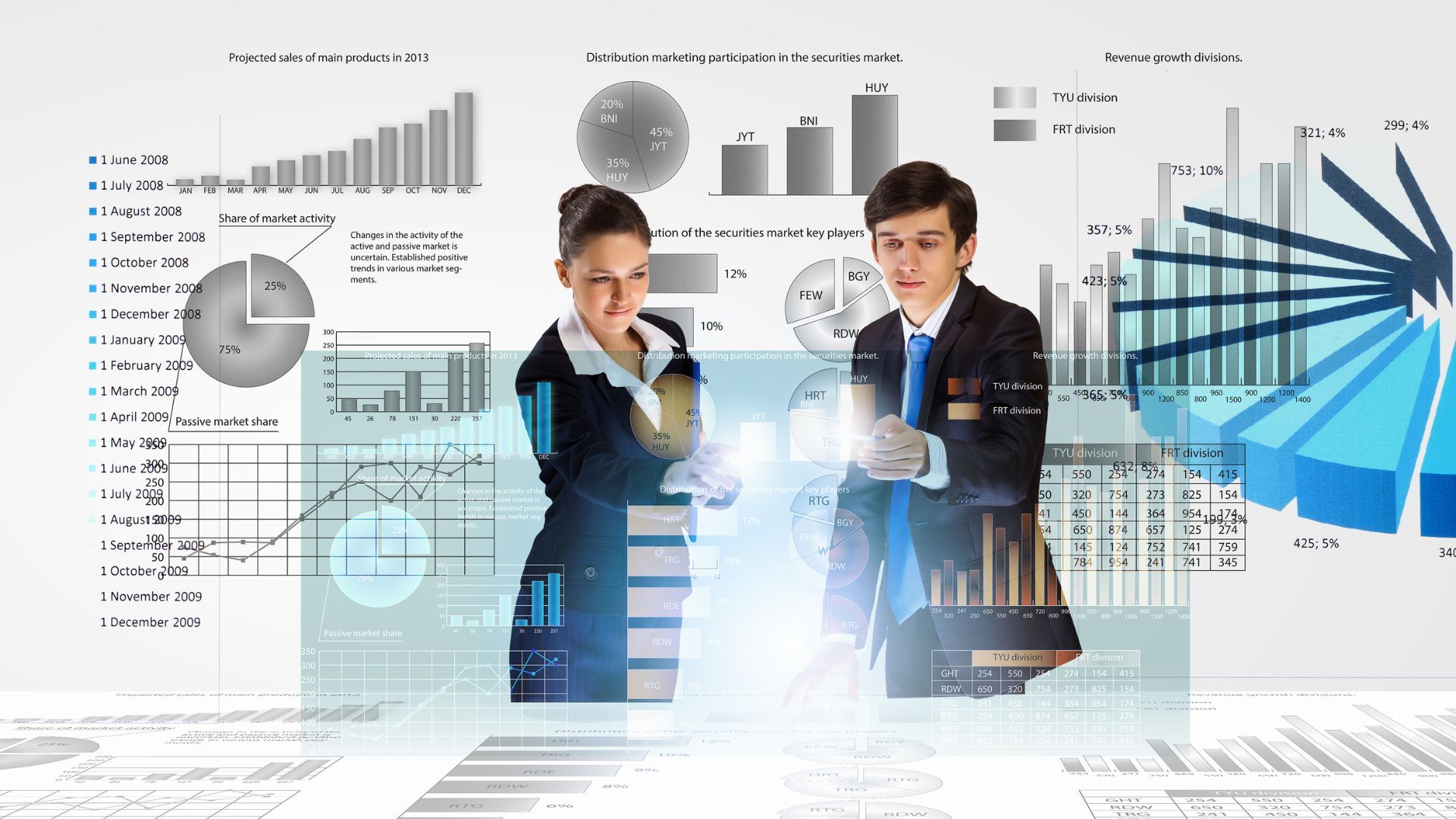
Types of Data Analytics

What are Data Analytics?
Data Analytics involves examining raw data to draw conclusions about that information. It includes various techniques and processes such as data cleaning, transformation, and modeling to discover useful information, draw conclusions, and support decision-making.
What is Business Intelligence (BI)?
Business Intelligence (BI) refers to the technologies, applications, strategies, and practices used to collect, integrate, analyze, and present business information. The goal of BI is to support better business decision-making by providing actionable insights.
Types of Data Analytics
Descriptive Analytics
- Focuses on summarizing historical data to understand what has happened in the past.
- Common tools: dashboards, scorecards, and reports.
Diagnostic Analytics
- Examines data to understand the reasons behind past outcomes.
- Uses techniques such as drill-down, data discovery, and data mining.
Predictive Analytics
- Uses historical data to predict future trends and outcomes.
- Employs machine learning and statistical models to forecast future events.
Prescriptive Analytics
- Provides recommendations for actions to achieve desired outcomes.
- Uses optimization and simulation algorithms to suggest best courses of action.
Benefits of Data Analytics and BI
- Improved Decision Making
Provides data-driven insights that help organizations make informed decisions.
- Increased Efficiency
Identifies operational inefficiencies and suggests ways to streamline processes.
- Enhanced Customer Insights
Analyzes customer behavior and preferences to improve products and services.
- Competitive Advantage
Offers insights into market trends and competitor actions, allowing organizations to stay ahead.
- Cost Reduction
Identifies areas where costs can be reduced without affecting quality or performance.
- Risk Management
Helps in identifying and mitigating risks by analyzing patterns and trends.
Tools and Technologies
Data Warehousing
- Examples: Amazon Redshift, Google BigQuery, Snowflake.
- Centralized storage for structured data from multiple sources.
2. Data Integration
- Examples: Informatica, Talend, Apache Nifi.
- Tools that facilitate ETL processes and data integration.
3. Data Visualization
- Examples: Tableau, Power BI, QlikView.
- Tools that help in creating visual representations of data.
4. Data Analysis
- Examples: R, Python, SAS.
- Programming languages and software used for statistical analysis and modeling.
5. BI Platforms
- Examples: SAP BusinessObjects, Oracle BI, Microsoft BI.
- Comprehensive platforms that combine data integration, analysis, and visualization.